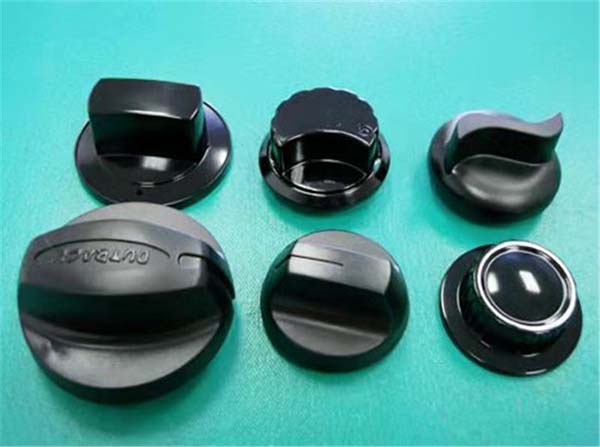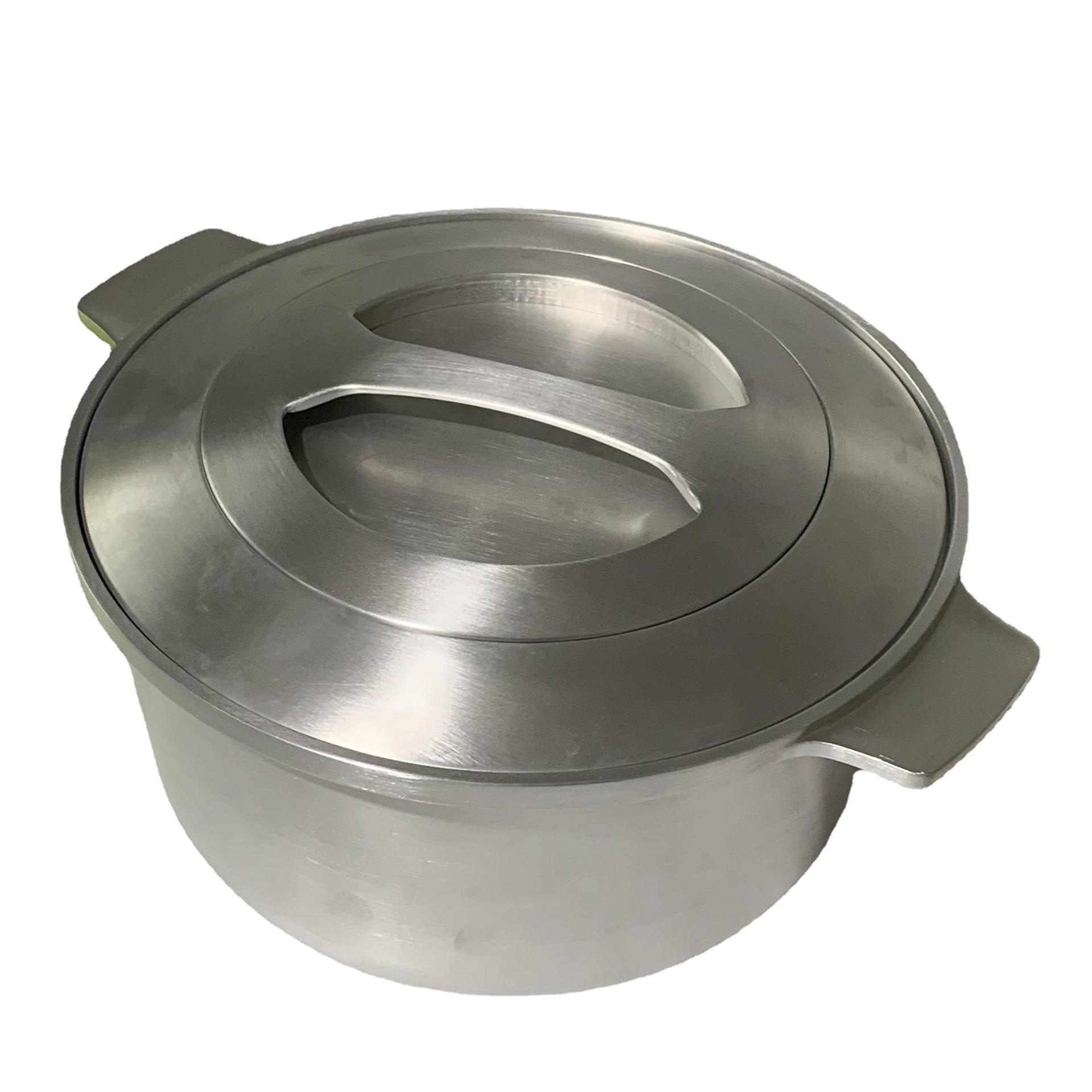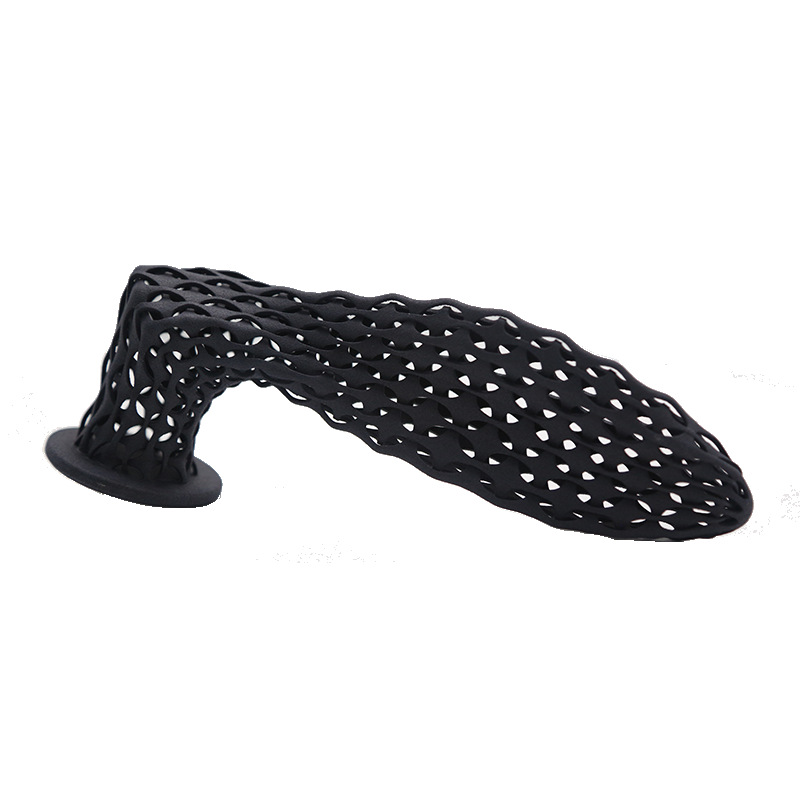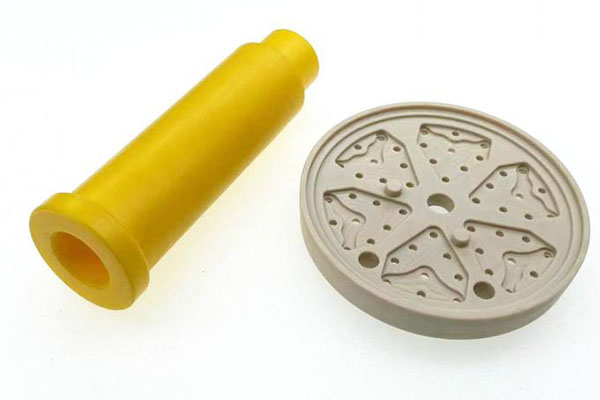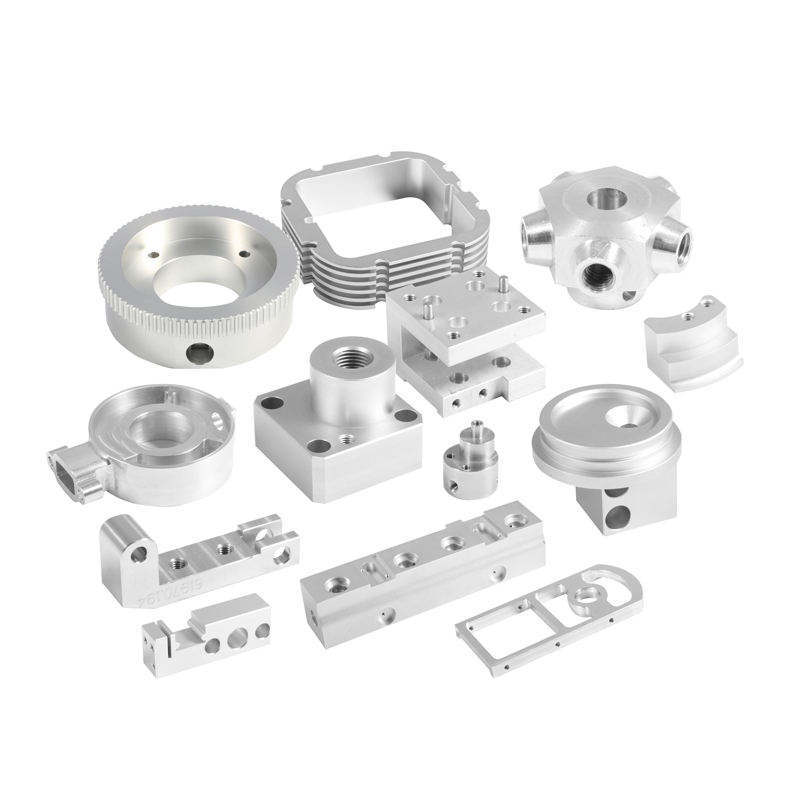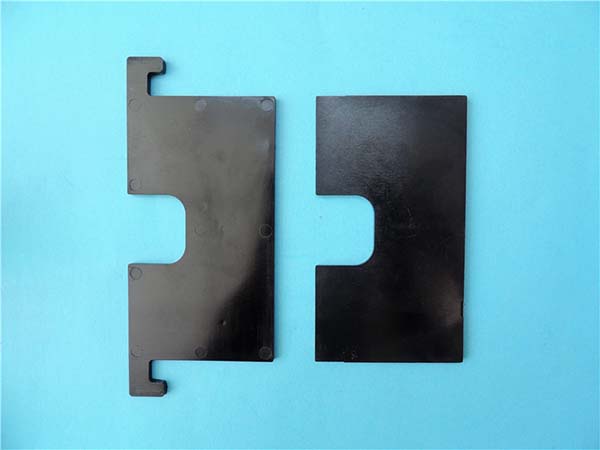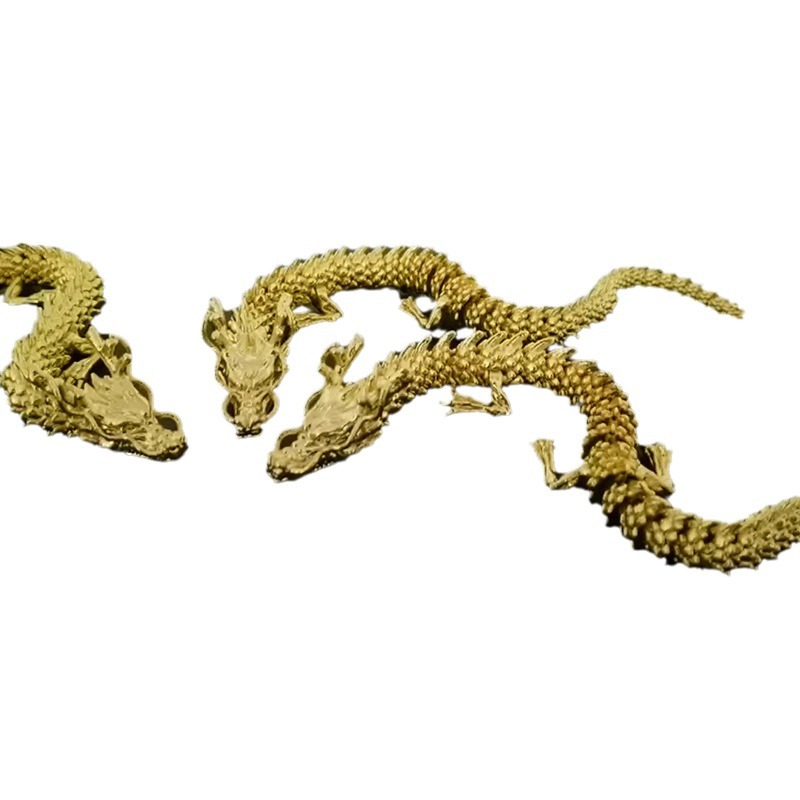1. The Evolution of Laser Metal Deposition (LMD) in Additive Manufacturing
1.1 Core Mechanisms of LMD
Laser Metal Deposition (LMD) is a directed energy deposition (DED) technology that uses a high - power laser to melt metal powder or wire, which is then deposited layer - by - layer to form complex 3D structures. Unlike powder bed fusion methods like Selective Laser Melting (SLM), LMD enables near - net shaping with material efficiency exceeding 90% and deposition rates up to 5 kg/h (Wohlers Associates, 2023).
The process begins with a precisely controlled laser beam that creates a molten pool on a substrate. As the metal powder or wire is fed into this pool, it melts and fuses with the existing material, solidifying rapidly as the laser moves on. This sequential deposition allows for the construction of intricate geometries, layer upon layer. For Yigu Technology instance, in a study by the Fraunhofer Institute for Laser Technology, LMD was used to create a turbine blade with internal cooling channels. By carefully programming the laser path and powder feed rate, they were able to deposit the metal in a way that formed these complex channels within the blade structure.
The key components of an LMD system include a high - power laser source, a powder or wire feeding mechanism, and a motion control system. The laser source is typically a fiber - laser or a disk - laser, capable of delivering high - energy density to the material. The feeding mechanism ensures a consistent supply of metal material into the molten pool. The motion control system, often driven by computer - aided design (CAD) models, precisely guides the laser and the feeding nozzle, determining the shape and dimensions of each deposited layer.
| Comparison Items | Laser Metal Deposition (LMD) | Selective Laser Melting (SLM) |
| Material Delivery | Powder or wire is fed directly into the molten pool during the process | Powder is pre - spread in a powder bed layer by layer before melting |
| Deposition Rate | Up to 5 kg/h | Relatively lower, usually in the range of grams per hour |
| Material Efficiency | Exceeds 90% | Lower than LMD, as some powder may not be fully utilized |
| Part Complexity | Can build complex geometries, but surface finish may require post - processing | High - resolution complex geometries with good surface finish in some cases |
| Build Volume | Less restricted by the equipment's chamber size, suitable for large - scale parts | Limited by the powder bed size, usually smaller build volume |
This Yigu Technology table clearly shows the differences between LMD and SLM in various aspects, highlighting the unique advantages of LMD in terms of deposition rate and material efficiency.
2. Technical Advantages Over Competing AM Processes
2.1 Comparative Analysis of AM Methods
When comparing LMD with other popular additive manufacturing processes like Selective Laser Melting (SLM) and Electron Beam Melting (EBM), several distinct differences emerge, as shown in the following Yigu Technology table:
| Parameter | LMD | SLM | EBM |
| Material Form | Powder/Wire | Powder | Powder |
| Deposition Rate | 1–5 kg/h | 0.1–0.5 kg/h | 0.5–2 kg/h |
| Minimum Feature Size | 0.5mm | 0.1mm | 0.2mm |
| Surface Finish (Ra) | 5–15μm | 1–5μm | 10–20μm |
| Post-Processing | CNC Machining Required | Minimal | Heat Treatment Required |
LMD stands out for its high deposition rate, which is significantly faster than SLM. This makes LMD an ideal choice for large - scale manufacturing and rapid prototyping of parts that do not require ultra - fine feature sizes. For example, in the production of large - scale aerospace components, the ability to deposit material quickly can greatly reduce production time. However, SLM has an edge when it comes to creating parts with very small features, such as intricate dental implants or micro - mechanical components.
In terms of surface finish, SLM generally produces parts with a smoother surface, while LMD parts often require post - processing, such as CNC machining, to achieve a comparable finish. EBM, on the other hand, has a relatively high deposition rate compared to SLM but lags behind LMD. EBM also requires heat treatment as a post - processing step, which adds to the overall production time and cost.
2.2 Material Flexibility and Mechanical Properties
LMD offers remarkable material flexibility, supporting over 20 metal alloys, including titanium, Inconel, and cobalt - chromium. This wide range of available materials allows for the production of parts with diverse properties to meet different industry requirements.
Research has shown that LMD - produced components can achieve excellent mechanical properties. A 2023 study in a leading materials science journal found that LMD - produced Ti - 6Al - 4V components achieved 98% tensile strength of forged parts. The fatigue life of these components was improved by 25% through optimized grain structure. The ability to closely match the mechanical properties of traditionally forged parts is a significant advantage of LMD, especially in industries where high - strength and fatigue - resistant components are crucial, such as aerospace and automotive.
In contrast, some competing AM processes may have limitations in the types of materials they can process or may not achieve the same level of mechanical properties without extensive post - processing. For instance, while SLM can also process a variety of metals, the smaller deposition rate and different melting and solidification mechanisms may result in slightly different mechanical properties, especially in terms of fatigue resistance.
3. Breakthrough Applications in High-Tech Industries
3.1 Aerospace Component Manufacturing
In the aerospace industry, LMD is revolutionizing component manufacturing and repair. For example, GE Aviation has been at the forefront of using LMD for repairing damaged turbine blades. According to their 2022 Annual Report, this approach has led to significant cost savings, with a reduction of $1.2 million per engine. Turbine blades are exposed to extreme conditions of high temperature and stress during engine operation, which can lead to wear and damage over time. Traditionally, damaged blades would often be replaced entirely, which is a costly process. With LMD, the damaged areas can be precisely repaired by depositing new metal layer by layer.
Yigu Technology LMD also enables the production of hybrid components with enhanced performance. For instance, brackets made of Ti - 6Al - 4V with integrated cooling channels can be fabricated. These cooling channels are crucial for maintaining the temperature of components in high - heat environments, such as those found in aircraft engines. Compared to conventional designs, these LMD - produced hybrid components can reduce weight by 18%. This weight reduction is significant in aerospace applications, as it directly contributes to improved fuel efficiency and increased payload capacity. A lighter aircraft requires less fuel to operate, which not only reduces operating costs but also decreases the environmental impact.
Another example is the development of rocket engine nozzles using LMD. The European Union - funded ENLIGHTEN project is exploring the use of LMD to manufacture rocket engine nozzles. The technology allows for the creation of very fine - scaled, complex internal cooling channels in the nozzle structure. These channels are essential for preventing the nozzle from melting under the extreme heat generated during rocket launches. Traditional manufacturing methods struggle to produce such intricate internal structures, often requiring multiple separate manufacturing steps and assembly processes. LMD, on the other hand, can build these complex geometries in a single, integrated process, reducing the number of parts and potential failure points. This not only improves the performance of the rocket engine but also increases its reliability, which is crucial for space missions.
3.2 Medical Device Fabrication
The medical device industry is also benefiting greatly from LMD technology, especially in the fabrication of custom orthopedic implants. One of the key advantages of LMD in this area is the ability to create implants with porous surfaces. These porous structures are designed using CAD/CAM integration, which allows for precise control over the pore size, shape, and distribution. Research has shown that custom orthopedic implants created via LMD exhibit a 40% higher osseointegration rate compared to traditional implants. Osseointegration is the process by which bone tissue grows and attaches to the implant surface, which is essential for the long - term success of the implant.
A 2024 clinical trial in [Yigu Technology ] reported 95% patient satisfaction with LMD - printed titanium knee replacements. The ability to customize these knee replacements to fit each patient's unique anatomy is a major factor contributing to this high satisfaction rate. Traditional knee replacement implants are often mass - produced in standard sizes, which may not provide the best fit for every patient. With LMD, the implant can be designed based on the patient's specific knee anatomy, obtained through medical imaging such as CT scans. This personalized approach can lead to better joint function, reduced pain, and a faster recovery time for the patient.
LMD - printed implants also offer the potential for improved mechanical properties. By carefully controlling the deposition process, it is possible to create implants with tailored mechanical properties that match the requirements of the specific anatomical location. For example, the implant can be designed to have a higher strength in areas that experience greater stress, while maintaining a more flexible structure in other areas. This can help to prevent implant failure and improve the long - term durability of the implant.
In addition to orthopedic implants, Yigu Technology LMD is also being explored for the production of other medical devices, such as dental implants and surgical instruments. Dental implants created using LMD can be customized to fit the patient's jawbone structure, providing a more stable and comfortable fit. Surgical instruments can be designed with complex geometries and features that are difficult to achieve with traditional manufacturing methods, such as sharp edges and precise cutting surfaces, which can improve the accuracy and effectiveness of surgical procedures.
6. FAQ
Q1: How does LMD compare to traditional welding in terms of repair capabilities?
A: LMD offers precise control over heat input, minimizing distortion and achieving 30% higher bond strength. It also allows repair of complex geometries impossible with welding.
Q2: Can LMD be used for rapid prototyping, and what are the lead - time advantages?
A: Yes. LMD produces functional prototypes in hours, with material properties matching final parts. This reduces lead times by 70% compared to casting.
Q3: Which industries stand to gain the most from LMD technology?
A: Aerospace, defense, and energy sectors gain significant advantages due to LMD’s capability to produce large - scale, high - value components while reducing material costs.
